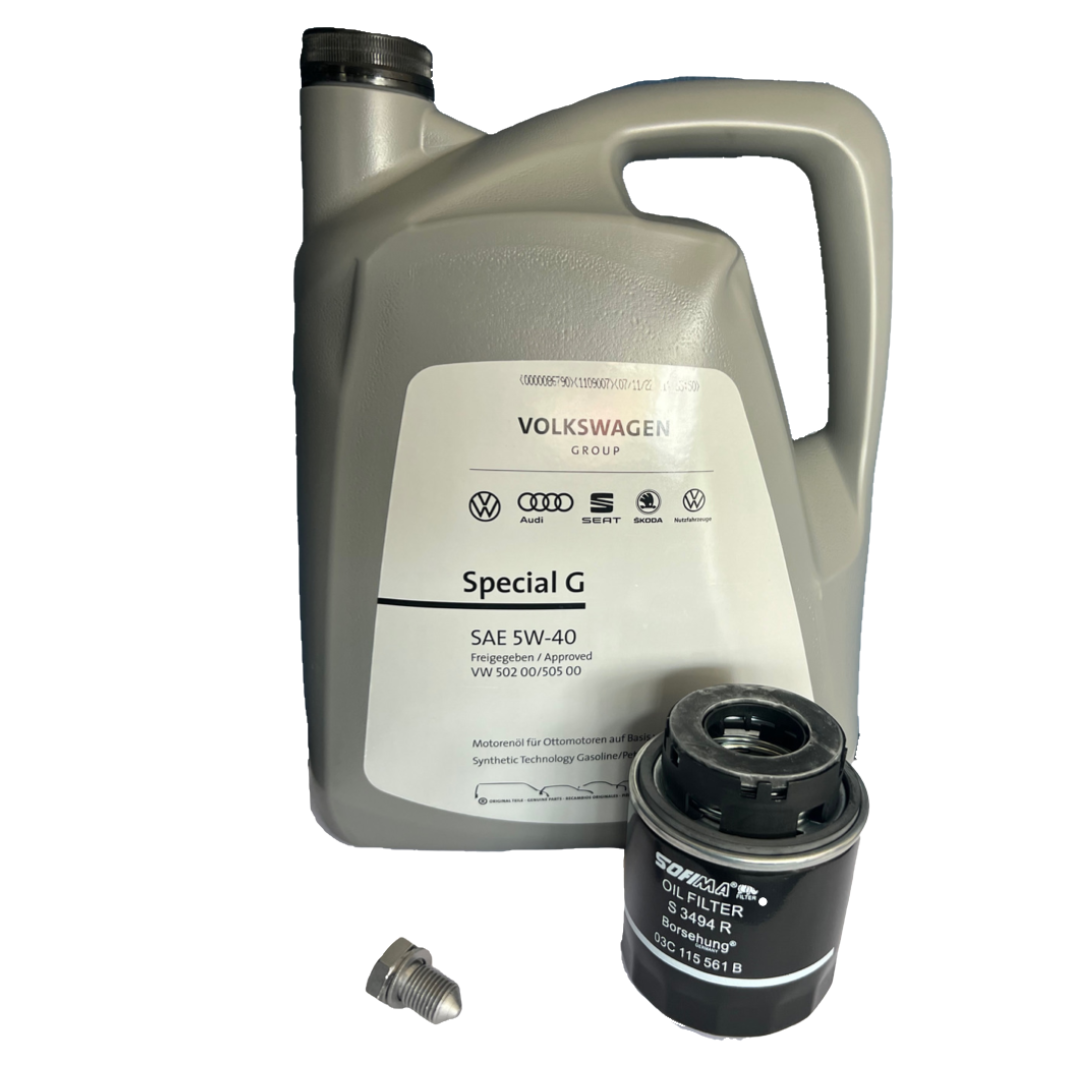Achieve long-term reliability with the right clp engine.
Wiki Article
Just How a Clp Engine Can Boost Efficiency in Numerous Industries
The arrival of CLP engines notes a considerable shift in functional performance throughout numerous markets, driven by their capacity to enhance gas consumption and lessen downtime. Industries such as production and logistics stand to obtain considerably from their durable design and regular power result, which promise to improve operations and boost performance. As organizations progressively prioritize sustainability along with efficiency, the duty of CLP engines ends up being also more essential. What continues to be to be seen is exactly how these improvements will certainly form the future landscape of commercial procedures and their effect on wider financial trends (clp engine).Overview of CLP Engines
CLP engines, or Continuous Fluid Propellant engines, represent a significant improvement in propulsion technology, especially for space applications. These engines make use of a constant feed system that permits for the continual expulsion of propellant, causing boosted performance and performance contrasted to conventional solid or hybrid propulsion systems. By preserving a consistent flow of fluid propellant, CLP engines can achieve extra exact drive control, which is crucial for navigating spacecraft in numerous mission scenarios.The layout of CLP engines integrates innovative materials and innovative gas monitoring systems. clp engine. This leads to minimized weight and boosted integrity, vital variables for long-duration area objectives. The continual operation lessens the danger of combustion instability, a common challenge in conventional rocket engines.

Benefits in Production
The production of Constant Fluid Propellant (CLP) engines offers a number of noteworthy advantages that boost both effectiveness and cost-effectiveness. Among the primary benefits is the structured production procedure, which lowers the complexity connected with traditional propulsion systems. By utilizing liquid propellant, suppliers can attain better accuracy in engine performance, causing enhanced power outcome and lowered waste.In addition, CLP engines promote a higher level of modularity, allowing for much easier assimilation right into various production lines. This adaptability can substantially lower lead times and boost total operational flexibility. Making use of CLP modern technology additionally tends to reduce the requirement for extensive upkeep as a result of fewer moving components, which equates right into reduced downtime and functional prices.

Applications in Logistics
Leveraging Continual Fluid Propellant (CLP) engines in logistics offers considerable advantages in operational performance and integrity. These engines supply a durable service for different transportation needs, see here making it possible for the smooth movement of goods across large ranges. The intrinsic style of CLP engines permits consistent power output, which converts into smoother and more foreseeable transport schedules.Among the crucial applications of CLP engines in logistics remains in durable products transport, where they can drive both ground and aerial automobiles. Their capacity to keep high performance under varying lots conditions guarantees that delivery timelines are fulfilled, consequently improving consumer fulfillment. Additionally, CLP engines can be incorporated into automated logistics systems, assisting in real-time tracking and optimizing path planning.
In addition, the sturdiness of CLP engines reduces maintenance downtime, allowing logistics business to maximize their functional capabilities. This is particularly beneficial in warehousing procedures, where efficiency in handling and transporting items is vital. As logistics proceeds to develop, the integration of CLP engines represents a forward-thinking strategy that not just improves efficiency but also sustains the market's growing needs for integrity and speed.
Influence On Energy Performance
How do Continuous Fluid Propellant (CLP) engines boost energy efficiency in transportation? CLP engines make use of a consistent flow of liquid fuel, enhancing combustion processes and keeping a steady drive output. This design reduces power losses linked with standard burning engines, where fuel shipment can vary and cause inefficiencies.The constant operation of CLP engines permits a much more reliable thermal cycle, resulting in greater certain impulse compared to conventional engines. clp engine. This equates to decreased gas consumption for the same quantity of work done, substantially reducing functional costs across various transport industries, consisting of aviation and maritime markets
Furthermore, the capability of CLP engines to keep optimal performance under varying tons conditions decreases the requirement for frequent acceleration and slowdown, further improving fuel effectiveness. Enhanced power performance not only adds to set you back financial savings but additionally results in decrease greenhouse gas emissions, straightening with international sustainability goals.
Future Trends and Innovations
Emerging improvements in Constant Fluid Propellant (CLP) engine innovation assurance to reinvent the additional hints landscape of transport efficiency and sustainability. As sectors pivot towards greener options, CLP engines stand at the center, integrating cutting-edge products and layout methodologies that enhance efficiency while decreasing environmental influence.One of the most encouraging patterns is the adoption of crossbreed systems that combine CLP engines with eco-friendly energy sources. This harmony can optimize fuel intake and reduce exhausts, lining up with international sustainability objectives. Innovations in computational fluid dynamics (CFD) are assisting in the layout of more aerodynamically efficient engines, leading to decreased drag and enhanced fuel effectiveness.
Furthermore, the growth of smart tracking why not try here systems is set to enhance functional efficiencies. These systems take advantage of information analytics and IoT technology to maximize engine efficiency in real-time, ensuring that the engines run within their most reliable parameters.
As study remains to explore alternate propellant formulas-- such as biofuels and synthetic fuels-- the future of CLP engines looks appealing. By using these developments, industries can not just improve their effectiveness however likewise contribute dramatically to a cleaner, a lot more sustainable future in transportation.
Conclusion
In final thought, CLP engines represent a substantial innovation in performance across numerous industries. Their ability to maximize gas intake and reduce functional costs, integrated with a constant feed system, boosts power outcome and operational reliability. The integration of advanced products and less moving components decreases upkeep demands, while positioning with sustainability goals placements CLP engines as a critical modern technology for the future. Continued technology in this field assures further enhancements in efficiency and environmental performance.Report this wiki page